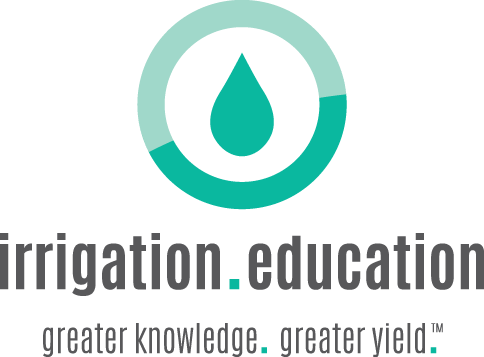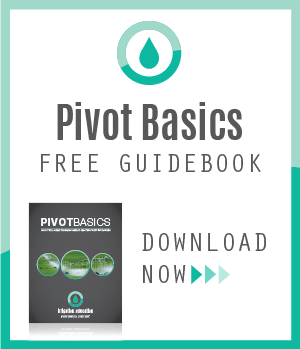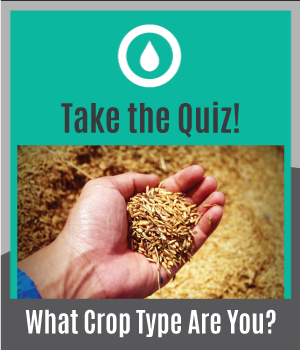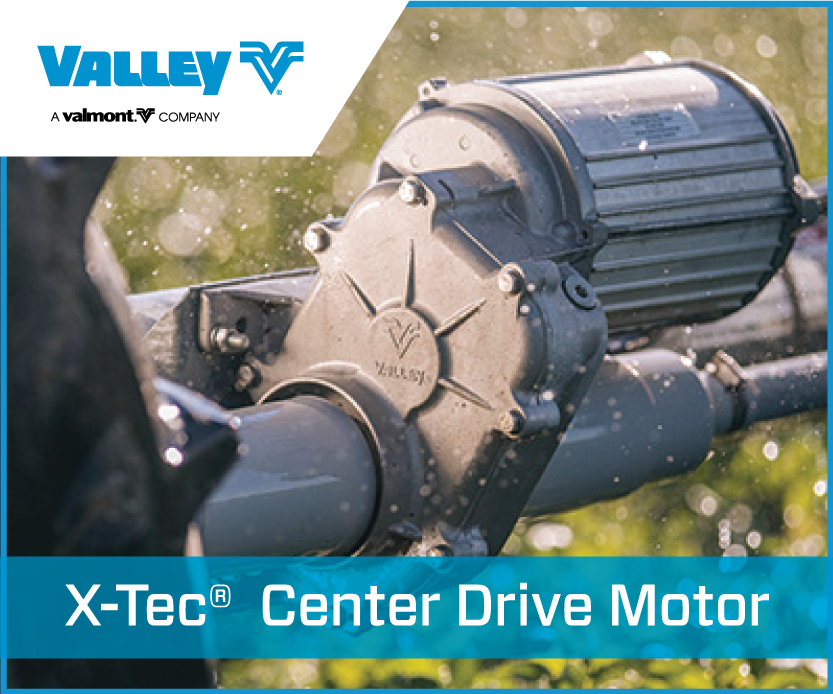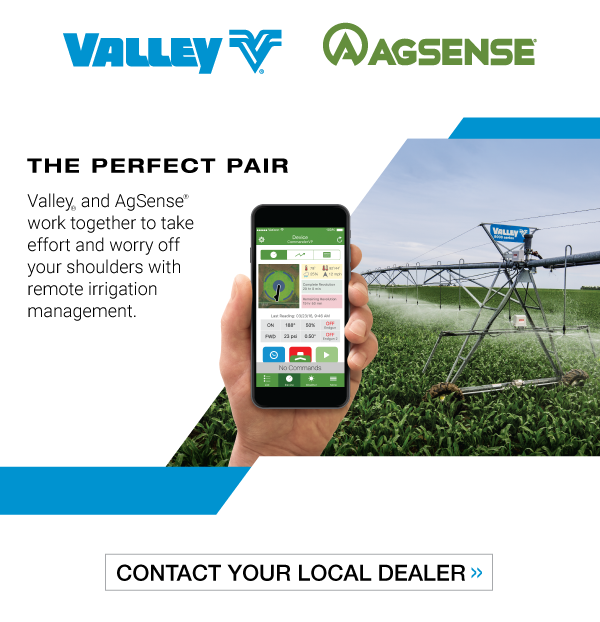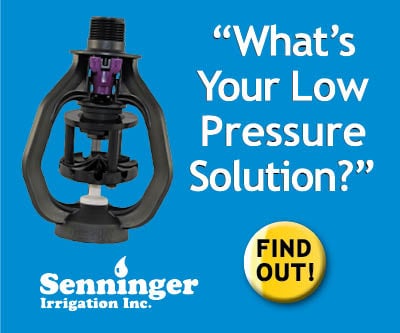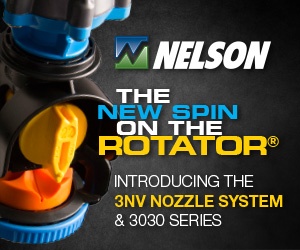There are a lot of factors to consider when converting to a different form of irrigation. What type of irrigation should you switch to? What changes will need to be made to your management? How do you make this transition as easy as possible?
It’s important to keep your goals in mind when deciding on a new form of irrigation. Here are a few things you should take into consideration to ensure that your switch benefits your operation.
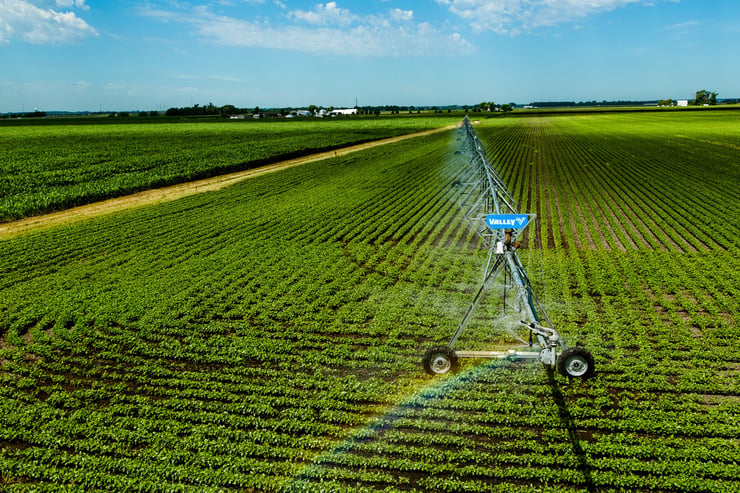
Making the Switch
There might be several reasons why you would want to switch from surface irrigation to mechanized irrigation. In recent years, farmers have considered conversion to other forms of irrigation to reduce water usage and labor costs. Another driver for conversion is water limitations, either due to availability or regulations. This is becoming more and more of a consideration throughout the central plains states as growers evaluate their current irrigation practices. Commodity prices have also had a significant impact on whether or not to convert, as growers need to get the biggest bang for their buck.
Whatever your reasons might be, here are five things you should consider before switching to a different type of irrigation.
1. Review your current management and cropping plans.Begin with reviewing your plans for your operation. Will a conversion fit into the long term plan? Consider your cropping and rotation plans, and how a new irrigation system would affect it. Things like available water supply, available labor, available power supply, soil types, and field size and shape will determine what you should switch to. A crop consultant or your local dealer would have good input at this stage. Analyzing the features of your operation will allow you to switch to the most efficient type of irrigation for your field, which means you should talk to someone who will be open and honest with you during the conversion process.
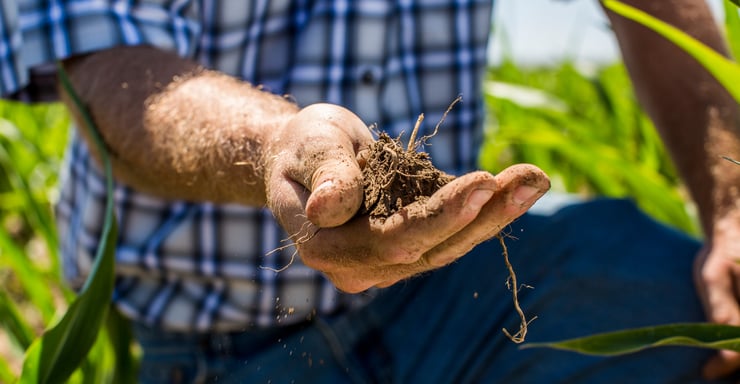
When finding someone to help you with the conversion process, it’s important to interview potential irrigation equipment suppliers. Explain to them what is being considered and show them the information about your fields. Look for a partner who listens to you and understands the needs of your field. A trustworthy dealer will have product options for consideration, and not jump immediately to making a quote. It’s also beneficial to consider more than just the salesperson at the dealership. Consider the service and parts support of the dealership as well. Will they be able to provide the service you might need? Talk with your neighbors about their experiences with the dealer to get their honest opinion as well.
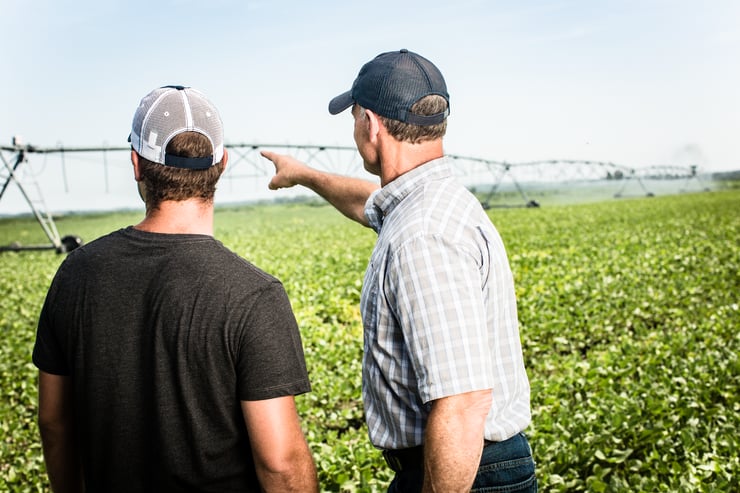
Once you have selected a partner to work with, you should review your goals. What are your primary reasons for switching? Whether it’s labor availability, water availability, or overall profitability, these will play a huge part in determining what type of irrigation machine you should switch to. Are there any field problems, such as an area that has never yielded the way you would like? Do challenges such as buildings or power lines exist that would hinder a conversion to mechanized irrigation? Be sure to include these details when discussing your options with your selected dealer.
You should also consider the specific type of irrigation equipment. Many times, people automatically assume the best solution for their situation is a center pivot – and it may very well be. But you should consider other options and also look for an irrigation equipment supplier who is open to considering options, too.
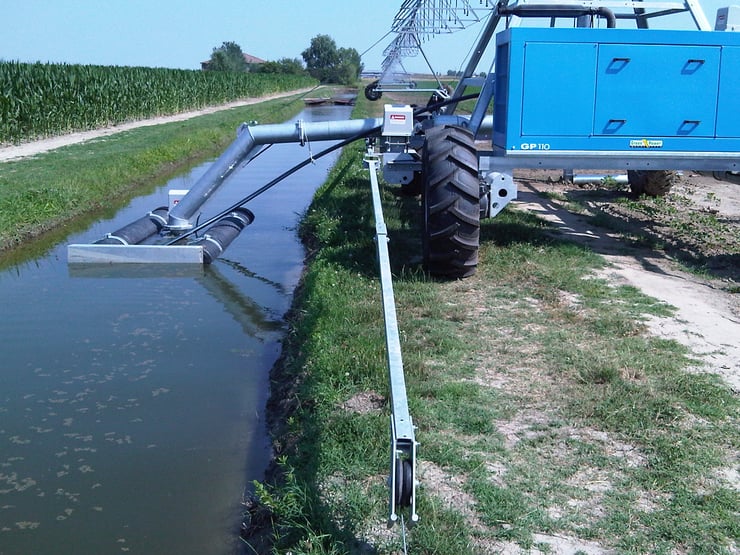
Before making a final decision, make sure to review all of your irrigation options. Know what area will be covered by the equipment, what options are available on the equipment, and what the overall ease-of-use of the machine will be like. Know what your initial investment will be for the new equipment, and what financing plans the dealership has available. You will also want to figure out the operating costs, labor requirement, and life expectancy of the equipment. Knowing what each irrigation option will cost will help you make the most efficient choice.
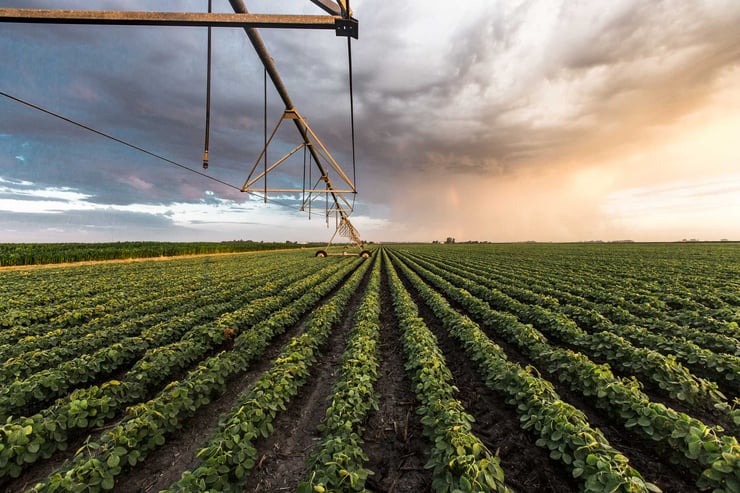
5. Make your final decision.
At this point, you should be ready to make a decision on how you want to proceed. Your dealer should help you with the next steps in the process to a new irrigation machine.
Whether your primary goal is maximizing the area irrigated, minimizing operating costs, or maximizing profits, there are several mechanized irrigation options available for you to achieve your goals. Thoroughly analyzing your current field problems and considering your options will give you the best equipment solution for your situation.
If you want to learn more about different irrigation solutions, log into irrigation.education and take the Irrigation Types: Benefits and Drawbacks course!

